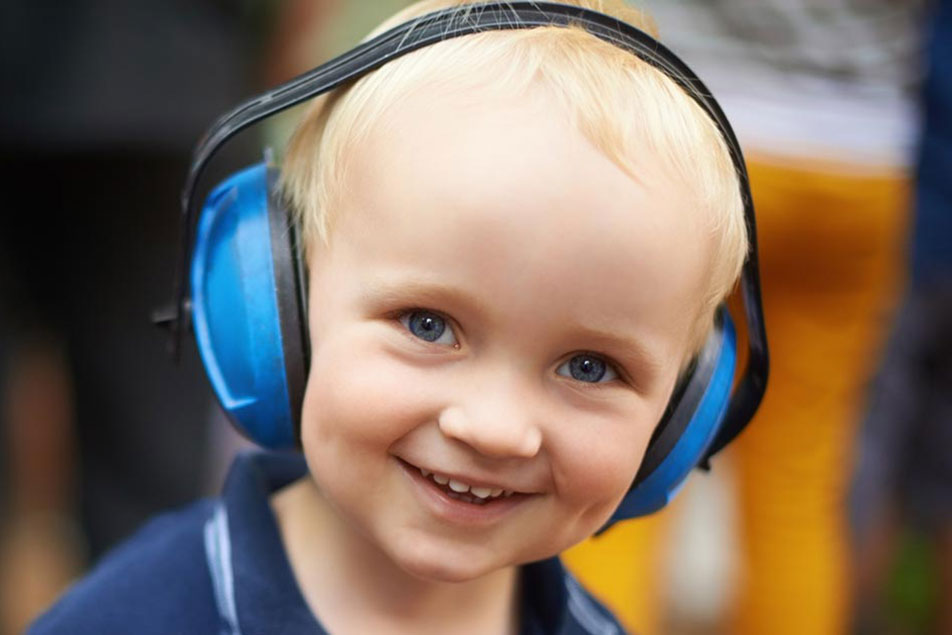
The summer months are full of fun, noisy activities. From fireworks and concerts, to auto races and amusement parks, loud sounds seem to accompany warm weather. We often remember hearing protection in situations like going to the shooting range, but how should we be protecting our kids’ ears during everyday activities? Charlene Cordes, MA, CCC-A, audiologist, helps us understand how to effectively safeguard against hearing loss.
Why is ear protection so important?
Exposure to loud noises can cause permanent hearing loss. Depending on the level and duration of the noise, a patient can experience a temporary threshold shift, meaning that their hearing declines after exposure, but can be restored. Commonly, though, repeated exposure to loud noises over time can wear down the hair cells of the inner ear, resulting in hearing loss later in life. That’s why it’s so important to begin protecting a child’s ears at an early age.
What types of situations warrant ear protection?
It depends on how long you will be exposed to a certain level of sound. The louder the sound, the shorter the time you can safely listen to it. Outdoor concerts are common in the summer months, and that’s someplace children should be wearing hearing protection. Truck and tractor pulls, demolition derbies, and similar events at county fairs create more noise than you may think, and kids should be wearing ear protection when attending those events. Children should even be wearing hearing protection when riding along on a riding lawn mower.
What types of hearing protection are available? Is one better than another?
Earplugs and earmuffs both provide adequate protection, although you should always check they Noise Reduction Rating (NRR) on the packaging before making purchase. Earmuffs may cost a little more than earplugs, but we generally recommend over-the-ear muffs because they’re easier to wear and it’s easier to ensure a proper fit. It can be difficult to properly insert earplugs, especially into a child’s ears. If you’re out and about and don’t have ear protection readily available, have your kids cover their ears with their hands. In those situations, some protection is better than no protection.
In addition to providing ear protection during noisy events, it’s important to monitor volume levels at home. Talk to your kids about using electronic devices with headphones, and limit the volume on their games and television shows.



